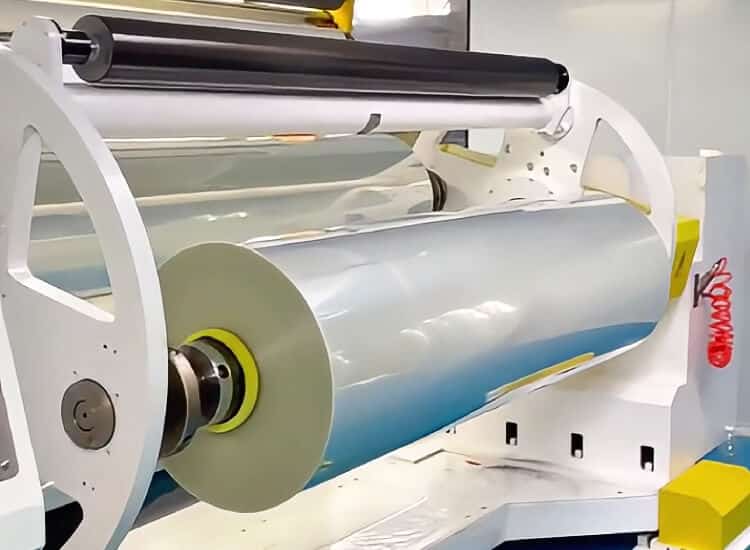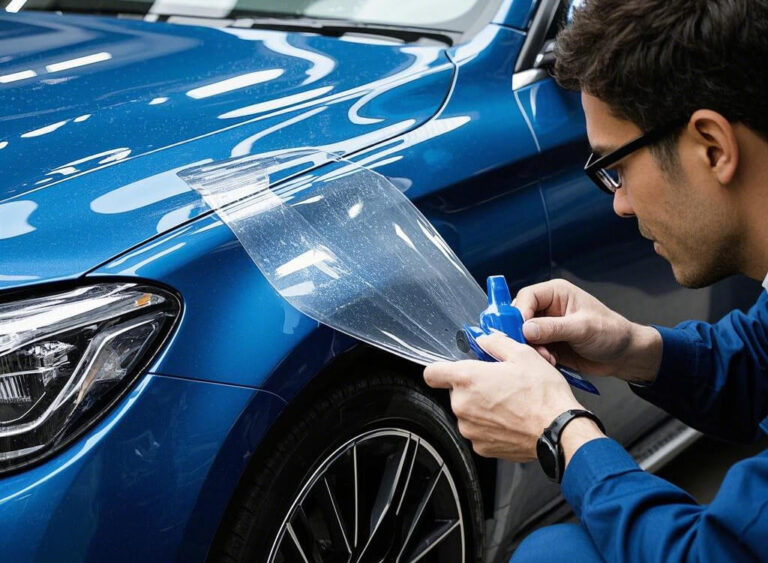The Best Automotive Paint Protection: Teflon, Ceramic, or PPF?
Our car’s paint job is one of its most valuable assets. It protects the metal body from the elements and makes your car look its best. But even with careful driving, your car’s paint can be damaged by scratches, chips, and UV rays. That’s where premium car coating comes in. Car coating is a way to add an extra layer of protection to your car’s paint job, keeping it looking its best for years to come. There are a few different types of car detailing available, each with its own advantages and disadvantages. In this article, we’ll discuss the three most popular types of paint protection: Teflon coating, ceramic coating, and paint protection film (PPF). We’ll also discuss the factors you should consider when choosing a paint protection option, such as your budget, your needs, and your driving conditions. By the end of this article, you’ll be well-informed about the different types of paint protection available and be able to choose the best option for your car.

Why Does Paint Protection Matter?
Before diving into the specifics, let’s talk about why you need paint protection in the first place. Your vehicle is more than just a mode of transportation—it’s an investment. But paint damage can lower its resale value and ruin its visual appeal.
Environmental contaminants, swirl marks from washing, tree sap, UV rays, and even chemicals on the road can cause permanent damage to your car’s paint. Applying a protective layer serves as a shield, preserving that new-car shine for years.
Different Types of Paint Protection
There are many different types of paint protection available, each with its own advantages and disadvantages. Here is a brief overview of three of the most popular options:
Teflon Coating
Teflon coating is a durable and affordable option that can help protect your car’s paint from fading, scratches, and other damage. However, it is not as resistant to stone chips as some other types of paint protection.
Ceramic Coating
Ceramic coating is a more expensive option than Teflon coating, but it offers superior protection against a wider range of damage. It is also very easy to clean and maintain.
Paint Protection Film (PPF)
PPF is the most expensive option, but it provides the best protection against all types of damage. It is also very durable and can last for many years.
What Is Teflon Coating?
Teflon coating is a type of paint protection that uses a polymer called polytetrafluoroethylene (PTFE) to create a slippery, water-resistant barrier on the surface of your car. This can help to protect your car from scratches, dirt, and water spots.
Pros of Teflon Coating:
-
Affordable: Teflon coatings are usually cheaper than ceramic or PPF options.
-
Initial shine: Provides a decent glossy look right after application.
-
Water-resistant: Helps repel minor water and dirt accumulation.
Cons of Teflon Coating:
-
Short lifespan: Teflon typically wears off in a few months.
-
Low durability: It offers minimal protection against scratches and stone chips.
-
Needs frequent reapplication: Most cars require a fresh coat every 4–6 months.
Bottom Line: If you’re on a tight budget and looking for a temporary fix, Teflon might work. But for long-lasting protection, it falls short.
What Is Ceramic Coating?
Ceramic coating is a type of paint protection that uses a ceramic resin to create a hard, protective layer on the surface of your car. This can help to protect your car from scratches, UV rays, and other environmental factors.
Pros of Ceramic Coating:
-
Long-lasting gloss: Maintains a deep, shiny appearance for years.
-
Hydrophobic surface: Repels water, making washing and drying easier.
-
UV protection: Blocks harmful ultraviolet rays that cause paint fading.
-
Chemical resistance: Shields against bird droppings, tree sap, and acid rain.
Cons of Ceramic Coating:
-
No impact resistance: It won’t protect against rock chips or scratches.
-
Expensive: High-quality ceramic coatings come at a premium price.
-
Professional application recommended: DIY kits exist, but results vary.
Bottom Line: Ceramic coating is great for maintaining your car’s aesthetics and protecting against chemical damage, but don’t expect it to guard against physical impact.
What Is Paint Protection Film (PPF)?
PPF is a clear film that is applied to the surface of your car to protect it from scratches, dents, and other damage. PPF is more durable than Teflon or ceramic coating, but it is also more expensive.
Pros of Paint Protection Film:
-
Ultimate impact resistance: Absorbs damage from rock chips, scratches, and debris.
-
Self-healing properties: Minor swirls and scratches disappear with heat.
-
UV protection: Prevents paint fading and discoloration.
-
Invisible finish: High-quality PPF is virtually undetectable when installed correctly.
-
Long lifespan: Can last 5–10 years or more with proper care.
Cons of Paint Protection Film:
-
Higher upfront cost: Quality materials and professional installation can be expensive.
-
Not completely maintenance-free: While durable, PPF still requires cleaning and care.
-
Installation complexity: DIY installation is not recommended; poor installs can trap air bubbles and leave edges exposed.
Bottom Line: If you want the most comprehensive protection for your vehicle, PPF coating is your best bet. It’s especially popular among luxury, sports, and daily-driven vehicles that demand both durability and aesthetics.
Teflon vs. Ceramic vs. PPF: Side-by-Side Comparison
| Feature | Teflon Coating | Ceramic Coating | Paint Protection Film (PPF) |
| Lifespan | 4–6 months | 2–5 years | 5–10 years+ |
| Scratch Resistance | Low | Moderate | High |
| Chemical Resistance | Low | High | High |
| UV Protection | Minimal | Yes | Yes |
| Gloss Enhancement | Moderate | Excellent | Excellent |
| Hydrophobic Properties | Yes | Yes | Moderate |
| Cost | Low | Medium to High | High |
| Self-Healing | No | No | Yes |
| Professional Installation | Optional | Recommended | Required |
Who Should Choose What?
Choosing the best automotive paint protection really depends on your priorities:
-
Budget-Conscious Car Owners: Teflon coating may be suitable for older vehicles or short-term needs.
-
Appearance-Focused Enthusiasts: Ceramic coating offers excellent gloss and chemical protection but lacks impact resistance.
-
Long-Term Protection Seekers: If you want the most durable and comprehensive defense against the elements, paint protection film (PPF) is the superior option.
Why Paint Protection Film (PPF) Is the Clear Winner
When it comes to all-around protection, PPF coating checks all the boxes. It doesn’t just repel water or prevent UV damage—it physically protects your paint from scratches, rock chips, and harsh conditions. Whether you’re leasing a luxury car or own a high-performance sports vehicle, PPF gives you peace of mind that no other solution can match.
Modern PPF options like ceramic-infused PPF even combine the best of both worlds: the gloss and hydrophobic properties of ceramic with the strength of urethane film.
Final Thoughts
Your vehicle is a significant investment, and protecting its paint is a smart move to preserve its value and looks. While Teflon and ceramic coatings offer some benefits, neither can match the all-encompassing protection of paint protection film (PPF).
If you’re serious about your car’s appearance and durability, PPF coating is the ultimate solution—and as technology evolves, it’s only getting better.
| ELVO Offers Fast Paint Protection Film OEM Services |
| 25 Days |
| From Ideas To Mass Production |
| Start OEM For Your Brand Now! |
| Whatsapp: +85251657739 or Email: info@elovppf.com |






